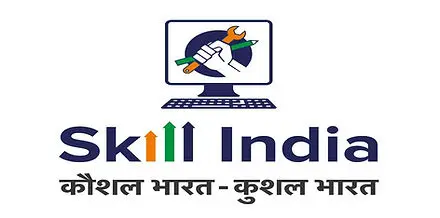Services

App development
Mobile app development involves the creation of software applications designed for smartphones and other digital devices. This process encompasses various phases, including planning, design, coding, testing, and deployment. Developers use specific programming languages, frameworks, and tools that cater to the target platform. They evaluate user requirements, craft user interfaces, and integrate diverse functionalities while prioritizing the app's security and compatibility. A well-executed app demands proficiency in mobile technologies, coding abilities, and adherence to design standards, culminating in a practical and user-friendly application that users can download onto their devices.

Web Design
Web design and development involve the creation and construction of websites intended for the internet. This process encompasses designing the visual elements and user interface (UI), along with the coding and programming that enable the site's functionality. While web designers concentrate on creating an attractive and user-friendly aesthetic, web developers focus on the technical aspects, including coding, database setup, and feature execution. The ultimate goal of web design and development is to develop websites that are visually appealing, easy to navigate, and provide a seamless user experience across a variety of devices and browsers..

Social media management
Social media management encompasses the process of overseeing an organization's digital footprint across various social media channels. This includes crafting, publishing, and disseminating captivating content, engaging with followers, monitoring discussions, and evaluating performance metrics. Social media managers play a crucial role in formulating and implementing strategies aimed at enhancing brand visibility, encouraging customer interaction, and directing traffic to the organization's website or online platforms. They leverage various tools and methods to schedule posts, address comments, identify trends, and assess the success of social media initiatives. Proficient social media management enables businesses to connect with their desired audience and cultivate significant relationships.

Search Engine Optimization (SEO)
Search Engine Optimization (SEO) is the practice of improving a website's visibility and ranking in search engine results pages (SERPs) to drive organic (non-paid) traffic. It involves optimizing various aspects of a website, including content, structure, and HTML code, to make it more attractive to search engines. SEO techniques focus on understanding search engine algorithms and user intent to strategically incorporate relevant keywords, create high-quality and engaging content, enhance website performance, and build authoritative backlinks. By implementing effective SEO strategies, websites can increase their chances of appearing higher in search results, resulting in increased visibility, traffic, and potential conversions.

Digital advertising
Digital advertising refers to the promotion of products, services, or brands using digital channels such as websites, social media platforms, search engines, mobile apps, and email. It involves the use of various techniques like display ads, video ads, search engine marketing, social media advertising, and email marketing to reach and engage target audiences. Digital advertising allows businesses to leverage the widespread use of digital devices and internet connectivity to target specific demographics, track campaign performance, and optimize marketing strategies. It offers opportunities for precise targeting, personalized messaging, and real-time data analysis, making it a vital component of modern marketing strategies

IT support and maintenance
IT support and maintenance refers to the ongoing management and assistance provided to ensure the smooth functioning of information technology systems and infrastructure within an organization. It involves resolving technical issues, troubleshooting software and hardware problems, and addressing user concerns. Support technicians provide timely assistance to users, guiding them through technical procedures and offering solutions. Maintenance activities involve regular updates, patches, and backups to keep systems secure and up to date. Additionally, preventive measures are implemented to minimize potential disruptions and optimize system performance. IT support and maintenance are crucial for businesses to maintain productivity, minimize downtime, and ensure the reliability of their IT infrastructure.
Alliances and testimonials
Leverage this section to enhance your software's reputation.





